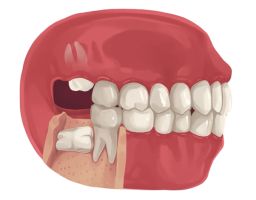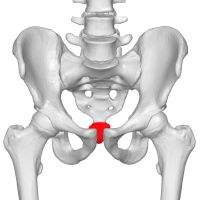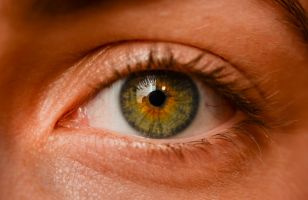Useless body parts
- POSTED ON: 3 Aug, 2022
- TOTAL VIEWS: 342 Views
- POSTED BY: Madhumitha Srinivasan
- ARTICLE POINTS: 150 Points
We evolved over millions of years – from apes and then various human species – to look and behave like we do today. And there’s proof of that in our own bodies!
There are several body parts that once were useful to ancient humans but don’t have a role to play today. Some have shrunk and some rendered useless, but all proof of the marvellous process of human evolution.
Here are a few of them, and the purpose they served:
Appendix – Helped early humans digest plants that were rich in cellulose. A change in our diet has rendered it unnecessary.

Wisdom Teeth – Set in powerful jaws, these teeth helped early humans grind food like twigs and raw meats. Since we have moved on to cooked food, our jaws have become smaller and thus cannot fit all wisdom teeth.

Coccyx (tailbone) – Our primate ancestors who did not stand up straight used the tail to help them balance. As we evolved and became upright, our tails shrank and all that is left is just a hint of a tail at the base of our spine.

Auricular muscles – Animals use these muscles to move their ears around to locate sound. Noticed how a dog’s ears perk up when it hears a sound? Ours don’t because our neck is quite flexible and we have lost control over these muscles.

Pyramidalis muscle – About 20% of humans do not have this triangular muscle located in the lower abdomen. It has now serves no purpose to the functioning of the abdomen.
Arrector pili – These muscle fibres that produce goose bumps when they contract were used by ancient humans to their advantage. Along with a lot of body hair, and these muscles they used it to keep themselves warm.

Plica semilunaris – Known as the third eyelid, it is a fold of tissue found on the inside corner of the eye. Some animals, especially reptiles, can pull this membrane across their eyes to protect them from debris and keep them moist. Though we now have a hint of it left, we cannot control it anymore.

Word Search
Find the names of the above body parts (or a part of the names) in this grid below.